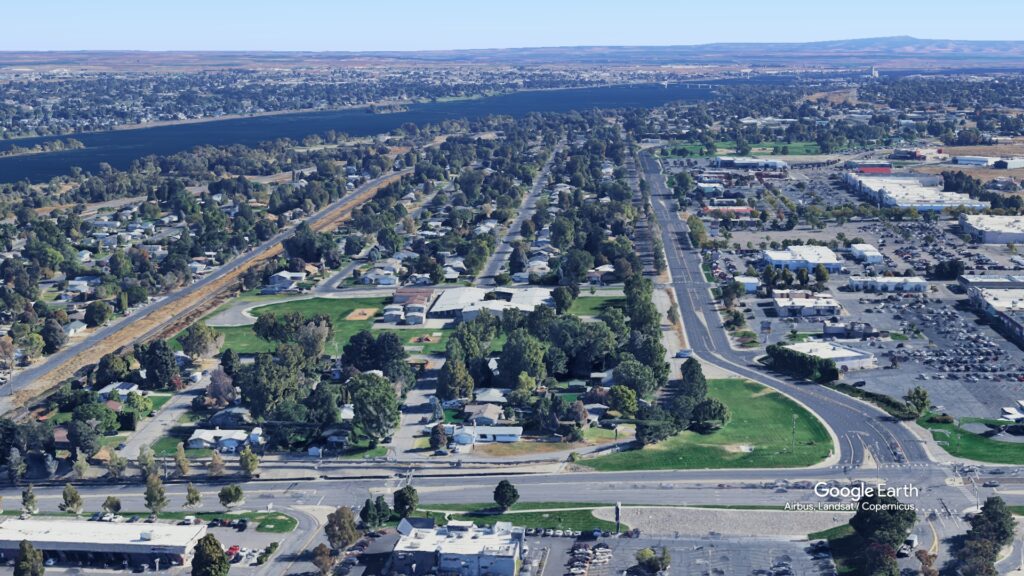The Tri-Cities real estate market has seen steady movement over the past 12 months, but the dynamics within new construction and existing construction home sales tell two very different stories. By analyzing key metrics like price, inventory, and time on market, buyers and sellers can better understand which segment offers more opportunity—and which one is moving faster.
This comparison covers single-family homes only, across Kennewick, Pasco, Richland, and West Richland, and includes all homes regardless of price, size, or lot.
Inventory and Availability
New Construction:
- 905 listings total, averaging 2.48 new listings per day
- 498 homes sold, or 1.36 sales per day
- Slower absorption rates with nearly half of new listings still unsold at the time of reporting
Existing Construction:
- 2,566 listings total, averaging 7.03 new listings per day
- 1,982 homes sold, or 5.43 sales per day
- Higher turnover, with the majority of listings resulting in successful sales
Insight: The existing home market offered significantly more inventory and faster turnover, giving buyers more options and sellers faster results. In contrast, new construction homes lingered longer, creating more room for negotiation.
Pricing and Affordability
Average Prices:
- New Construction:
- Listing Price: $577,520
- Sold Price: $550,661
- Price per Square Foot: $282.42
- Existing Construction:
- Listing Price: $513,751
- Sold Price: $482,933
- Price per Square Foot: $242.19
Median Prices:
- New Construction: $509,900 list | $491,375 sold
- Existing Construction: $455,000 list | $435,000 sold
Insight: New construction homes are priced higher across the board, both in terms of total price and price per square foot. The average price per square foot was 17% higher than in the existing home market. This pricing gap may limit affordability for some buyers, especially first-time homeowners or those on tighter budgets. However, new homes also come with energy-efficient systems, modern layouts, and warranties that can offset some of the upfront cost.
Speed of Sale (Days on Market)
New Construction:
- Average DOM (sold): 129 days
- Median DOM: 90 days
Existing Construction:
- Average DOM (sold): 45 days
- Median DOM: 23 days
Insight: Homes in the existing market are selling three to four times faster than new construction properties. This highlights not just buyer demand, but also the more complex nature of new home sales—such as construction timelines and buyer customization. Still, the extended timelines can mean more opportunity for buyers to negotiate or time a move-in more strategically.
Buyer and Seller Conditions
Buyer Score:
- New Construction: 5.7
- Existing Construction: 3.3
Seller Score:
- New Construction: 4.3
- Existing Construction: 6.7
Insight: The existing home market strongly favored sellers, while new construction leaned toward buyers. Builders had to work harder to close deals, often offering price reductions or incentives. On the flip side, sellers of existing homes experienced quicker turnarounds and closer-to-list offers, indicating a higher level of competition among buyers.
Summary of Key Differences
| Metric | New Construction | Existing Construction |
|---|---|---|
| Listings per Day | 2.48 | 7.03 |
| Sales per Day | 1.36 | 5.43 |
| Avg. Final Price | $550,661 | $482,933 |
| Median Final Price | $491,375 | $435,000 |
| Avg. Days on Market | 129 | 45 |
| Buyer Score | 5.7 | 3.3 |
| Seller Score | 4.3 | 6.7 |
| Price per Sq. Ft. | $282.42 | $242.19 |
Final Thoughts: Which Segment Makes Sense for You?
For Buyers:
- Looking for affordability and faster closing? Existing homes provide better value and quicker access.
- Interested in modern features, energy efficiency, and customization? New construction is ideal, but be prepared to pay more and wait longer.
For Sellers:
- Existing homeowners are in a strong position, with fast-moving inventory and competitive offers.
- Builders may need to adjust pricing or offer more incentives to stand out in a more balanced environment.
The choice between new and existing construction ultimately comes down to budget, timeline, and personal preferences. Understanding how each market segment is performing helps you make the best possible decision.

